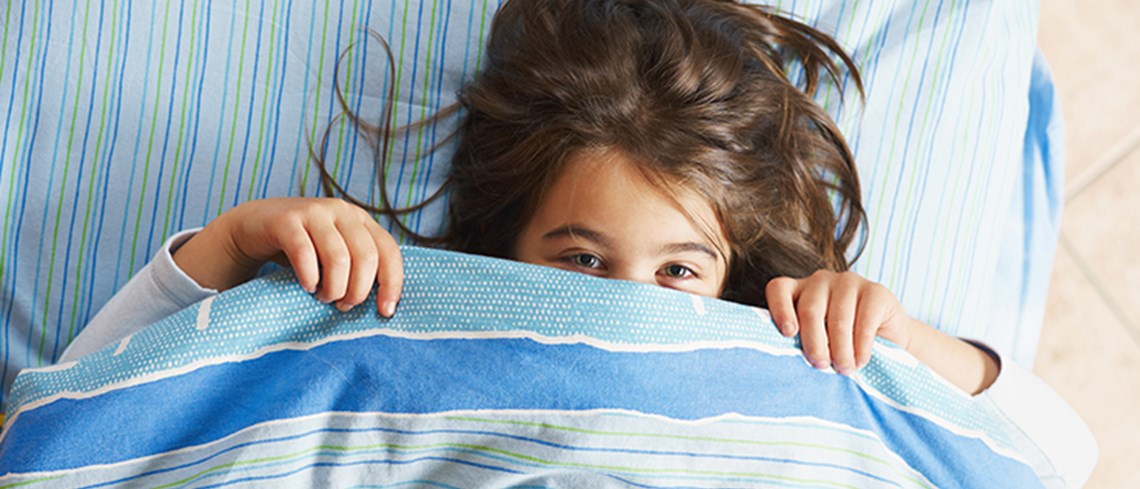Surprising places where germs can hide like homes, offices, and schools
Germs are the most common cause of various infectious diseases that we catch and are spread at places like our homes, offices, and schools.
Invisible to the naked eye, germs are hiding around in every corner. But if you can’t see them, where are they, and where do they hide?
The most common places to find germs include the most frequently touched surfaces, as well as objects present in high-traffic areas and spaces.
At this point, you must be thinking about the grimiest places in your home, office, and school. However, you’d be surprised to learn about the places mentioned in our article that act as germ magnets.
Home
Kitchen Sink
While it may look clean, your toilet may be cleaner than your kitchen sink. Food particles left to soak become breeding grounds for germs and bacteria. Wash your kitchen sink regularly with antiseptic liquid or at least spray the antibacterial kitchen trigger spray to avoid infectious diseases caused by them.
Bed Sheets & Towels
When you are sick, the bed can seem like the coziest place on earth. But, your bed sheets can accumulate germs that can further cause harm to your health. So wash your sheets and towels in hot water, using a detergent and antiseptic liquid every two to three days.
Toothbrush
You put it in your mouth twice a day, but have you ever thought of all the germs on it? By flushing the toilet, you are spraying germs and bacteria droplets into the air, which can land on your toothbrush and other objects in the bathroom. So close your toilet seat before flushing and replace your toothbrush often, especially after you've been sick.
You can use these toilet cleaning tips to prevent the toilet germs from spreading into your house.
TV Remote Control
TV remote controls are being constantly tossed around through countless pairs of hands. Food and liquid particles also get attached to them, converting them into a germ magnet.
Sick people often end up in front of the television with the remote control in their hands. Unfortunately, this makes the situation even worse. Clean your TV remote with an antibacterial multiuse wipe daily to prevent it from becoming a germs transferring vessel.
Office
Elevator Buttons
Every day, about 325 million people ride elevators to reach their destinations, including offices, worldwide.
To protect yourself from collecting different types of germs carried by the various elevator users, you must avoid direct contact with elevator buttons, floors, walls, and doors.
Use your elbow to press the elevator buttons and wash your hands with antibacterial soap or liquid hand wash immediately after getting off an elevator.
Break room
As one of the busiest areas in the office, break rooms are highly contaminated workplace areas. Their cleanliness is crucial because food is often reheated, prepared, and consumed in office break rooms.
Surface wipes such as Dettol’s antibacterial multiuse wipes are great for disinfecting surfaces and cleaning tough-to-tackle substances, like food or coffee, that may have dried onto the countertop.
Installing hand sanitizer dispensers containing Dettol’s instant hand sanitizer liquid gel is effective for infection control in break rooms.
Office Supplies
Shared office supplies are germ magnets and are seldom cleaned properly. Disinfect your workspace if you share it with other employees.
Use antibacterial multiuse wipes or disinfectant spray on surfaces and shared supplies, including
- Phones
- Desk space
- Keyboard
- Mouse
- Stationery items such as pens, rubber, notebook, staple, etc.
School
Drinking Water Fountain
Kids sometimes put their mouths on the drinking water fountain’s faucet, which is cleaned and disinfected less frequently than the bathroom. The germs and bacteria on the faucet can cause the kids to suffer from nausea, stomach pain, vomiting, and diarrhea.
Teach your kids to keep their mouths off the tap and let the water run for a few seconds before drinking it.
School Gym
Germs and bacteria thrive in warm and moist conditions such as showers and on any surface that comes into contact with body fluids, especially sweat.
About 28% of gym surfaces, including mats and athletic equipment, are contaminated with body fluids. Wash your body using an antibacterial body wash before and after the gym session to prevent spreading any fungal, viral, and bacterial infections.
Nurse’s Office
While you may not consider the nurse’s office as a place filled with germs, remember that your child shares a small space with many people who may have infectious diseases.
Teach your child to avoid touching shared surfaces in the nurse’s office and wash their hands before and after visiting it.
The office staff should regularly use a multi-surface disinfectant spray on infirmary objects and surfaces to keep the germs at bay.
FAQs
Where do germs grow the most?
Germs grow the most in a warm, moist, protein-rich environment that is slightly acidic. However, some germs can even grow under highly acidic and salty conditions.
What are the 3 most contaminated locations in my house?
Contrary to popular belief that the bathroom doorknob is the most contaminated place in your house, the other spots that are ranked higher are:
- Bathroom light switches
- Refrigerator handles
- Stove knobs
Where do germs hide most on an airplane?
Respiratory viruses and bacterial infections can spread easily on a flight. The places where germs hide the most on an airplane include:
- Armrests
- Tray table
- Window
